Sandro Guedes
Automatic counting of fission tracks in apatite and muscovite using image processing
Jun 13, 2018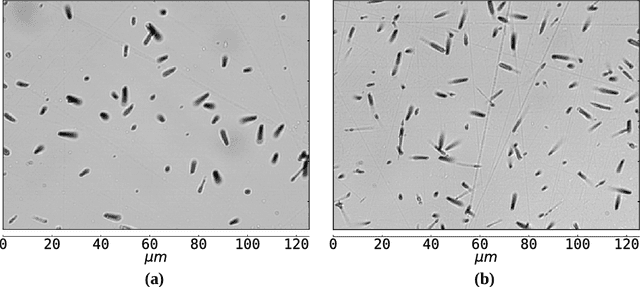

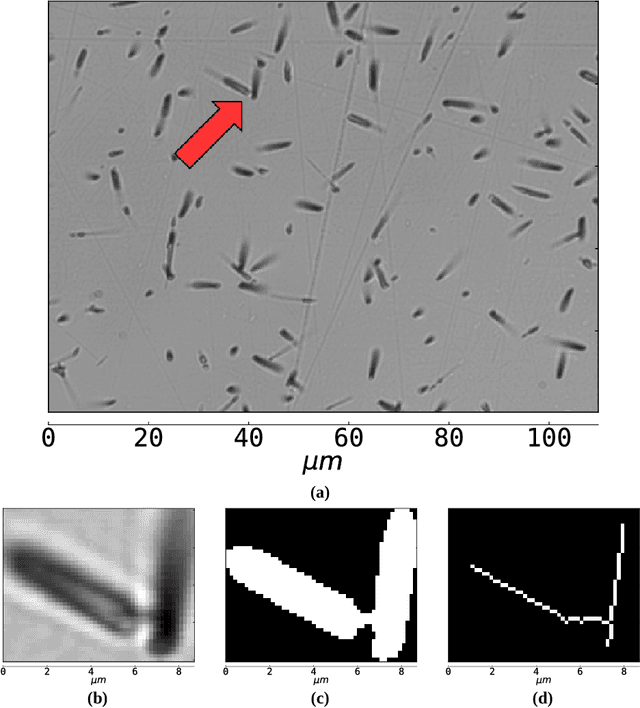
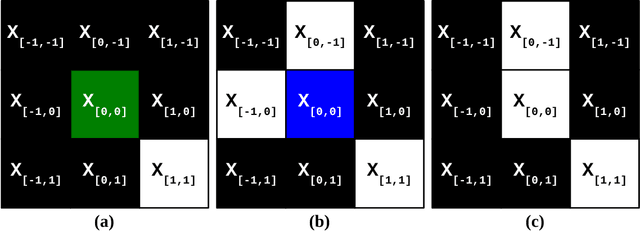
Abstract:One of the major difficulties of automatic track counting using photomicrographs is separating overlapped tracks. We address this issue combining image processing algorithms such as skeletonization, and we test our algorithm with several binarization techniques. The counting algorithm was successfully applied to determine the efficiency factor GQR, necessary for standardless fission-track dating, involving counting induced tracks in apatite and muscovite with superficial densities of about $6 \times 10^5$ tracks/$cm^2$.
Segmentation of nearly isotropic overlapped tracks in photomicrographs using successive erosions as watershed markers
Jan 18, 2018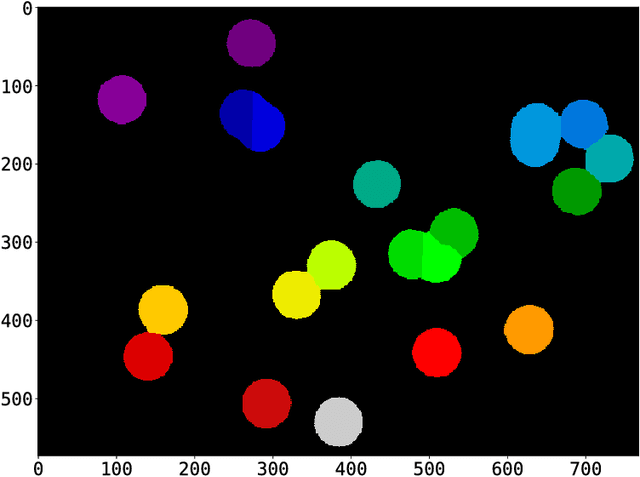
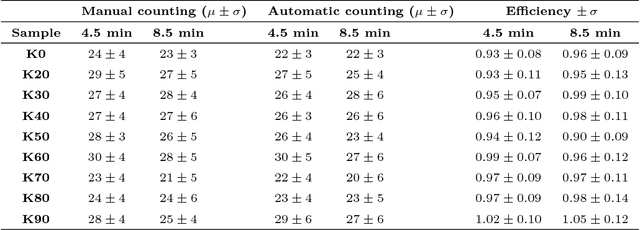
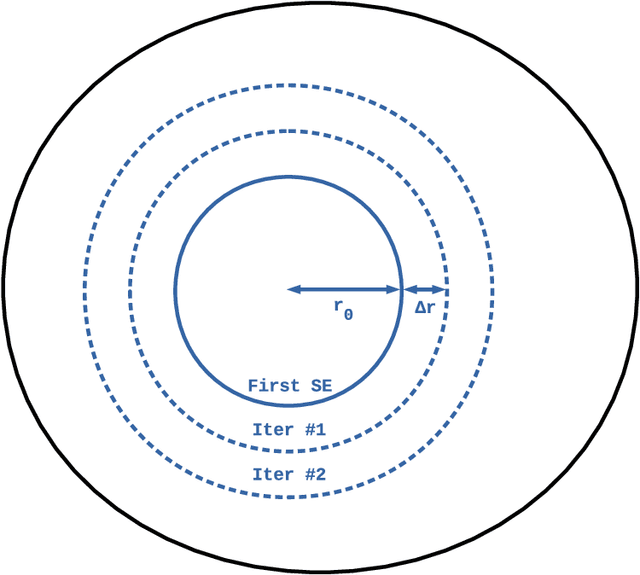
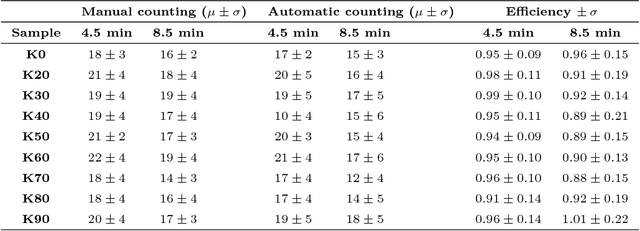
Abstract:The major challenges of automatic track counting are distinguishing tracks and material defects, identifying small tracks and defects of similar size, and detecting overlapping tracks. Here we address the latter issue using WUSEM, an algorithm which combines the watershed transform, morphological erosions and labeling to separate regions in photomicrographs. WUSEM shows reliable results when used in photomicrographs presenting almost isotropic objects. We tested this method in two datasets of diallyl phthalate (DAP) photomicrographs and compared the results when counting manually and using the classic watershed. The mean automatic/manual efficiency ratio when using WUSEM in the test datasets is 0.97 +/- 0.11.
 Add to Chrome
Add to Chrome Add to Firefox
Add to Firefox Add to Edge
Add to Edge